Dilemmas of Presidential Leadership: From Washington Through Lincoln

Summary
Dilemmas of Presidential Leadership challenges the widely accepted distinction between "traditional" and "modern" presidencies, a dichotomy by which political science has justified excluding from its domain of inquiry all presidents preceding Franklin Roosevelt. Rather than divide history into two mutually exclusive eras, Richard Ellis and Aaron Wildavsky divide the world into three sorts of people-egalitarians, individualists and hierarchs. All presidents, the authors contend, must manage the competition between these rival political cultures. It is this commonality which lays the basis for comparing presidents across time. To summarize and simplify, the book addresses two general categories of presidencies. The first is the president with a blend of egalitarian and individualist cultural propensities. Spawned by the American revolution, this anti-authoritarian cultural alliance dominated American politics until it was torn asunder by what Charles Beard has called the second American revolution, the Civil War. The Jeffersonian and Jacksonian presidents labored, with varying degrees of success, to square the exercise of authority with their own and their followers' authoritarian principles. They also were faced with intraparly conflicts that periodically flared up between egalitarian and individualist followers. The president with hierarchical cultural propensities faced different problems. While the precise contours of the dilemma varied, all straggled in one way or another to reconcile their own and their party's preferences with the anti-hierarchical ethos that inhered in the society and the polity. Hierarchical presidents like Washington and Adams were hamstrung by this dilemma, as were Whig leaders like Henry Clay and Daniel Webster who aspired to the presidency but never achieved it. .Abraham Lincoln's greatness resided in part in his ability to resolve the hierarch's dilemma. He operated in wartime when he could invoke the commander-in-chief clause, and he created a new cultural combination in which hierarchy was subordinated to individualism. This, suggest the authors, was a key to his greatness. The unique dimension of this volume is its use of cultural theory to explain presidential behavior. It also differs from other books in that, it deals with pre-modern presidents who are too often treated as only of antiquarian interest in mainstream political science literature on the presidency. The analysis lays the groundwork for a new basis for comparison of early presidents with modern presidents.
Similar Books
-
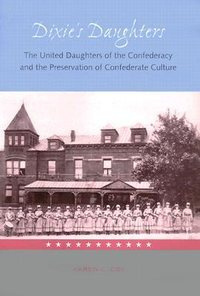
-
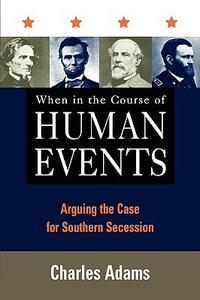
-
 The Battle for New York: The City at the Heart of the American Revolution
The Battle for New York: The City at the Heart of the American Revolutionby Barnet Schecter
-
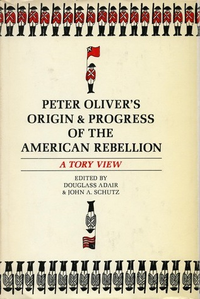
-
 The Pursuit of Fairness: A History of Affirmative Action
The Pursuit of Fairness: A History of Affirmative Actionby Terry H. Anderson
-
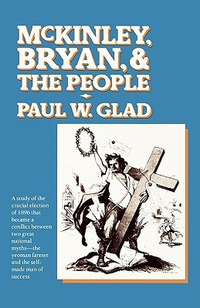 McKinley, Bryan, & the People
McKinley, Bryan, & the Peopleby Paul W. Glad
-
 Remembering War the American Way
Remembering War the American Wayby G. Kurt Piehler
-
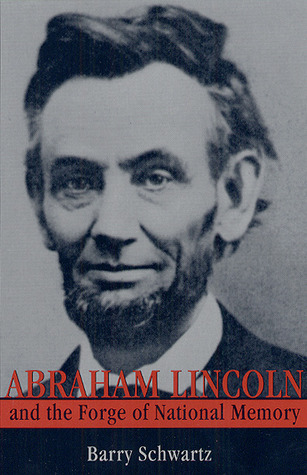 Abraham Lincoln and the Forge of National Memory
Abraham Lincoln and the Forge of National Memoryby Barry Schwartz
-
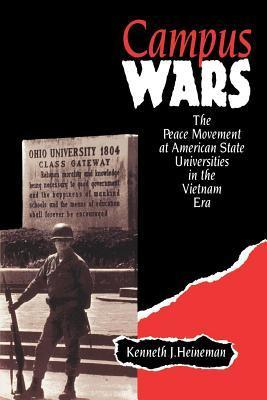 Campus Wars: The Peace Movement At American State Universities in the Vietnam Era
Campus Wars: The Peace Movement At American State Universities in the Vietnam Eraby Kenneth J. Heineman
-
 The Pullman Strike
The Pullman Strikeby William Horace Carwardine
-
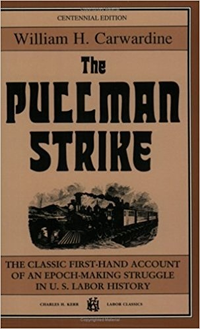 The Pullman Strike: The Classic First-Hand Account of an Epoch-Making Struggle in U.S. Labor History
The Pullman Strike: The Classic First-Hand Account of an Epoch-Making Struggle in U.S. Labor Historyby William Horace Carwardine
-
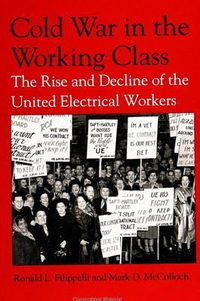 Cold War in the Working Class: The Rise and Decline of the United Electrical Workers
Cold War in the Working Class: The Rise and Decline of the United Electrical Workersby Ronald L. Filippelli
-
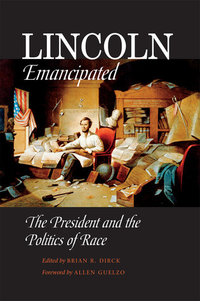 Lincoln Emancipated: The President and the Politics of Race
Lincoln Emancipated: The President and the Politics of Raceby Brian R. Dirck
-
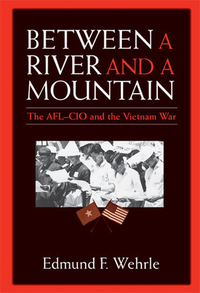 Between a River and a Mountain: The AFL-CIO and the Vietnam War
Between a River and a Mountain: The AFL-CIO and the Vietnam Warby Edmund F. Wehrle
-
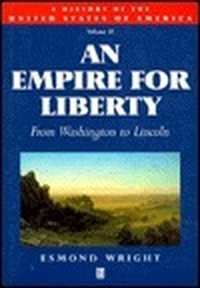 An Empire for Liberty: From Washington to Lincoln, Volume II
An Empire for Liberty: From Washington to Lincoln, Volume IIby Esmond Wright
-
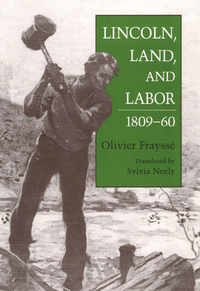 Lincoln, Land, and Labor, 1809-60
Lincoln, Land, and Labor, 1809-60by Olivier Fraysse